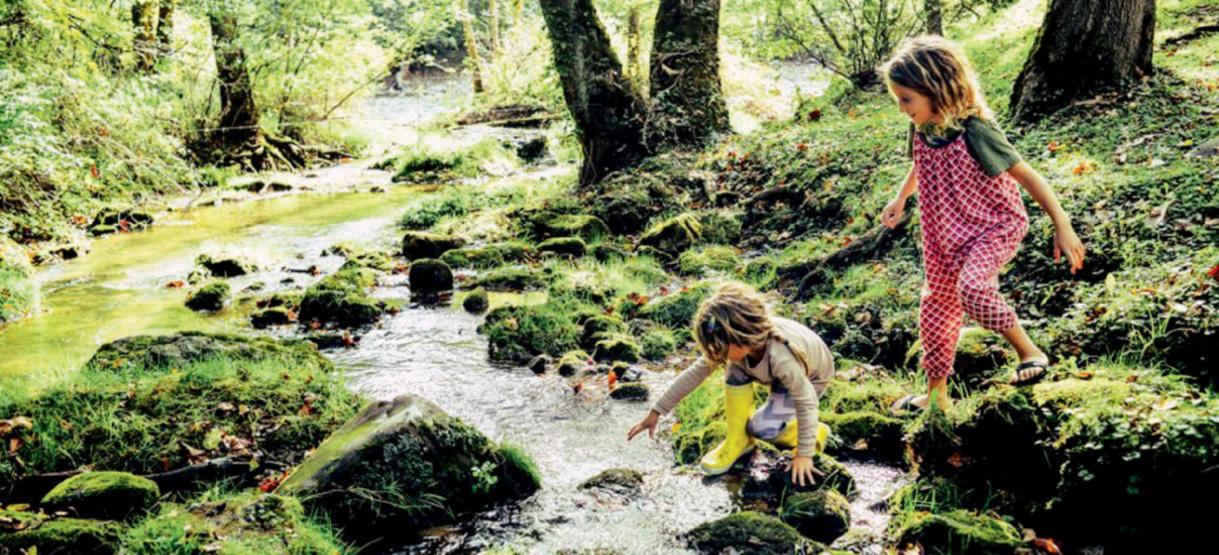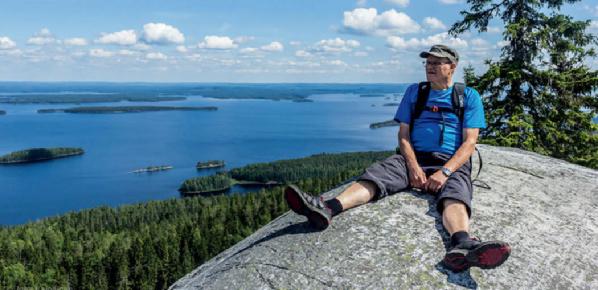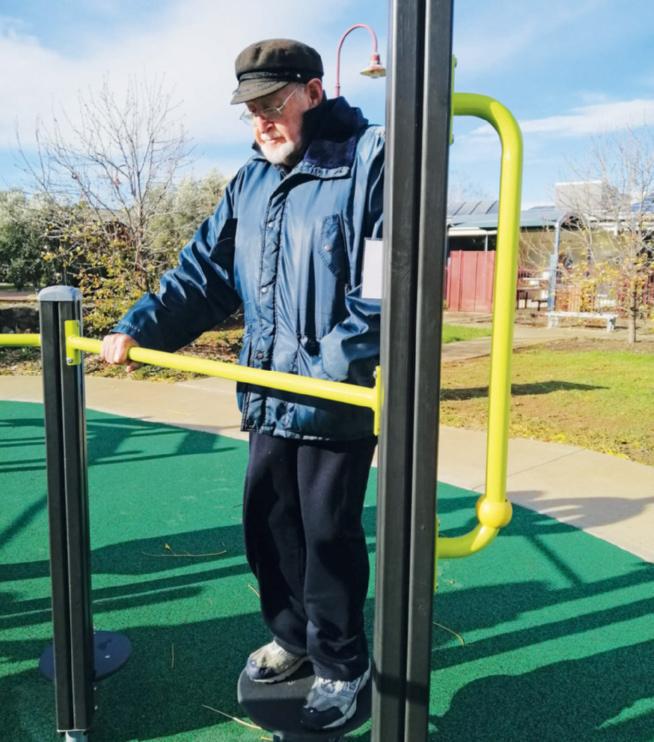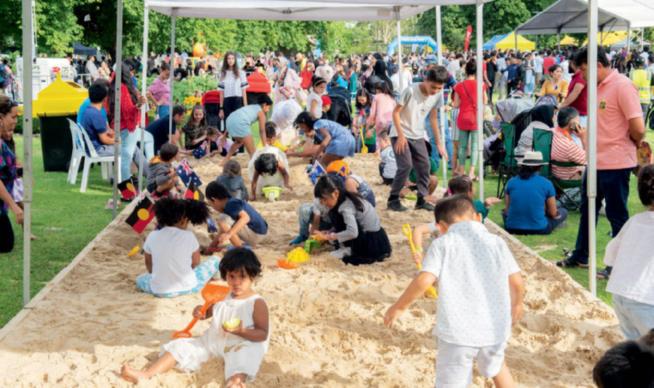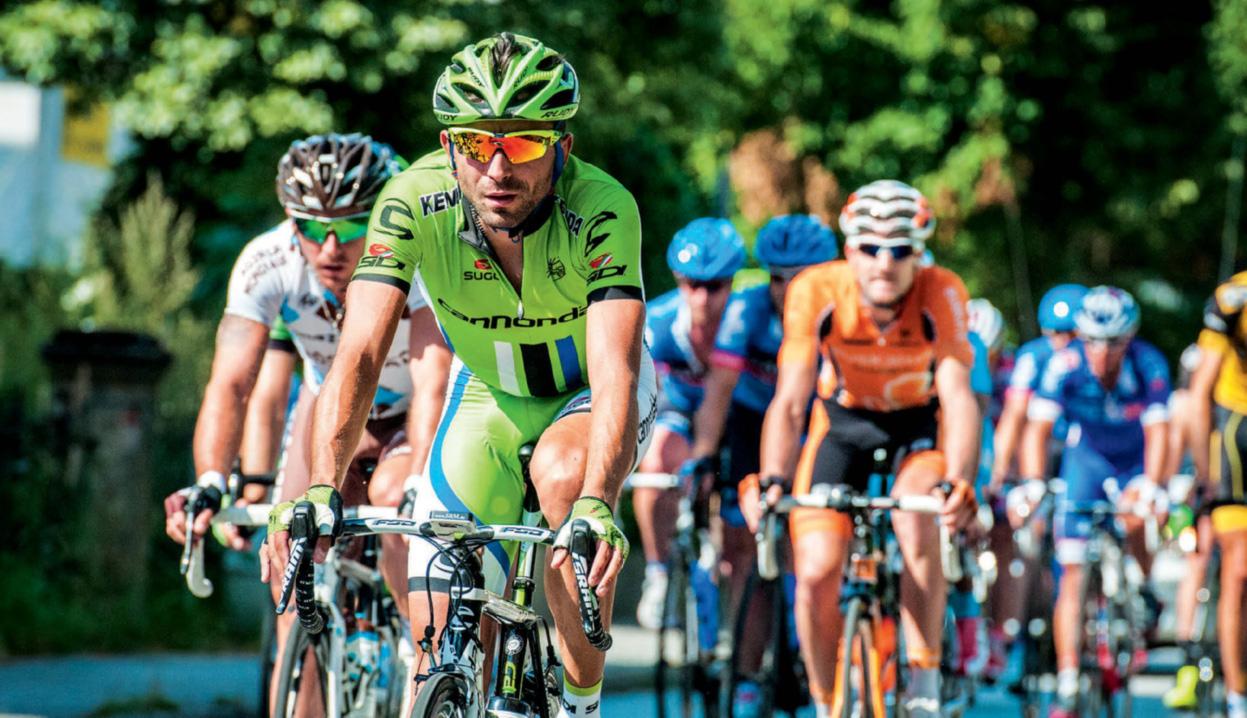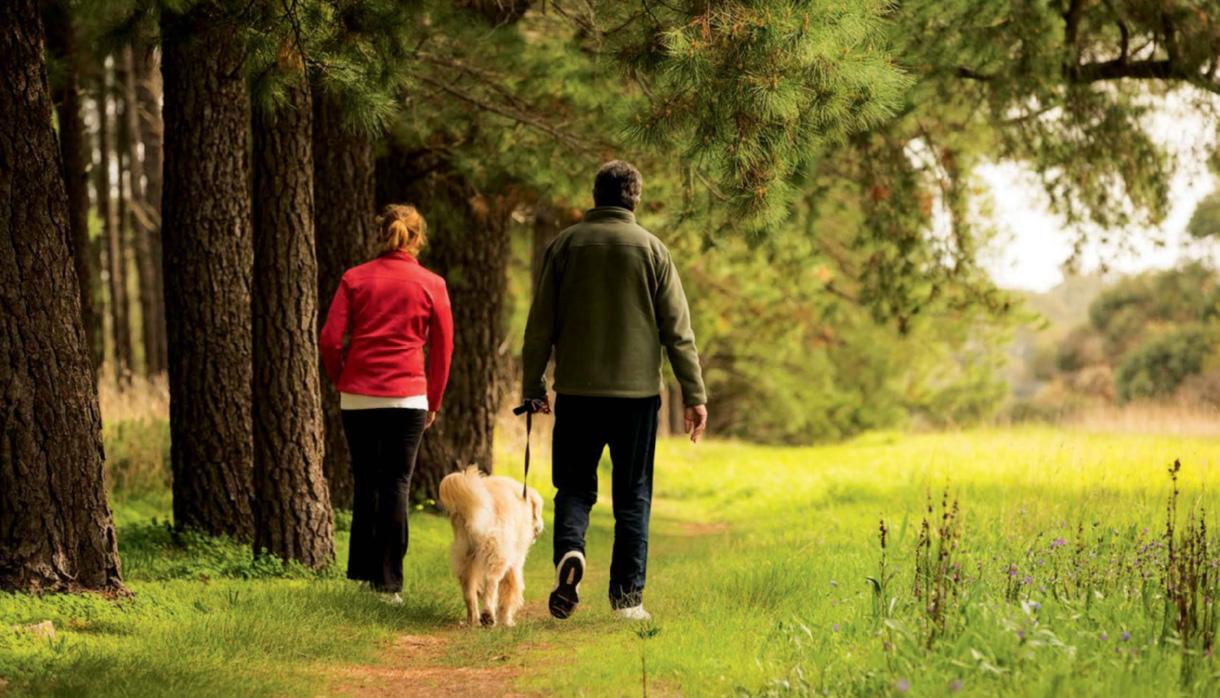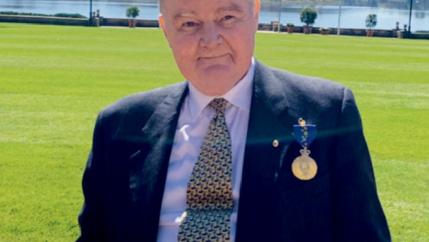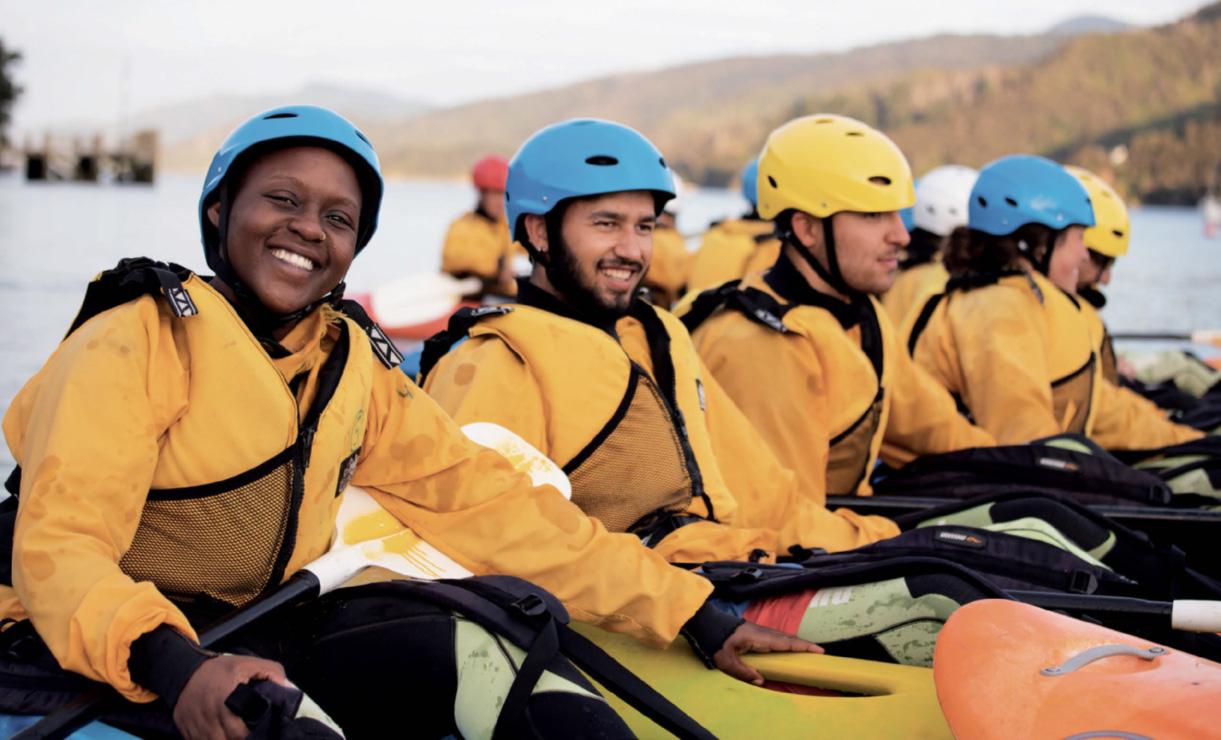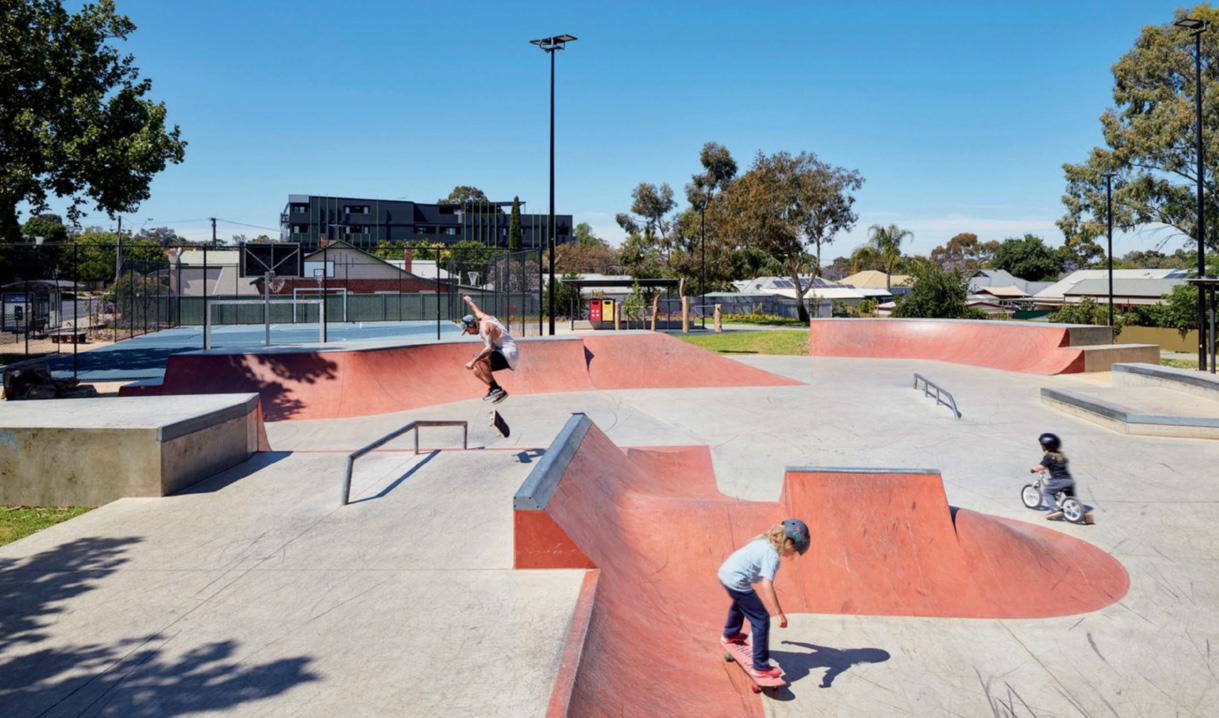GREEN ADELAIDE AND THE NATIONAL PARK CITY WORDS PROFESSOR CHRIS DANIELS, CHAIR OF GREEN ADELAIDE
C
reating and maintaining liveable urban environments has come to the fore as an aspiration for urban communities and governments in Australia and internationally. While definitions of liveability span social, economic and environmental objectives, in Adelaide a new organisation, Green Adelaide, has been formed to guide the city’s progress towards being a worldleading, sustainable and climate-resilient urban environment. Mention of Adelaide might conjure up images of a city of 1.3 million people covered in greenery, nestled between the semi-rural Adelaide Hills and the sea, and surrounded by world famous wine regions. Much of this is true. However, it may also be surprising to learn that tree canopy and green cover across metropolitan Adelaide is among the lowest of Australia’s capitals, sitting just above Sydney but well below cities such as Hobart, Canberra and Melbourne. Green Adelaide’s role is to lead the change in the way that the environment of metropolitan Adelaide is managed, and bring with it a focus on making the city greener, cooler, healthier and more biodiverse. It forms part of state-wide environmental reforms brought about by the introduction of the Landscape South Australia Act 2019 and appointment of nine regional landscape boards, including the Green Adelaide Board, which has the
wellbeing of the city’s urban environment at its heart. Green Adelaide’s creation is a response to the challenges facing many other urban areas worldwide: • Increasing population density and associated housing and other development • Loss of natural habitat and pressure on wildlife populations • Increased demand for water resources • Perceptions that social connection and wellbeing are declining Added to this are the looming impacts of climate change, which for Adelaide are predicted to deliver a hotter and drier climate, longer heatwaves and increases in extremely hot days, as well as more intense rainfall and tidal surges. In tackling these challenges, Green Adelaide will take an integrated approach to seven strategic priorities: 1. Coastal management 2. Water resources and wetlands 3. Green streets and flourishing parklands 4. Nature education 5. Flora, fauna and ecosystem health in the urban environment 6. Biodiversity-sensitive and water-sensitive urban design 7. Controlling pest plants and animals Moving away from the formalised “what” will Green Adelaide achieve, there is much for Adelaideans to be excited about in the prospect of “how” those
10 AUSTRALASIAN PARKS AND LEISURE | Summer 2020
results will be achieved. Emphasis will be placed on innovation in the urban environment, and although Green Adelaide will be responsible for ensuring delivering results, enabling other levels of government, NGOs, community groups and individuals to play a very significant role is a prime objective. In practical terms, this means partnering with others wherever possible to advance the quest for a more sustainable, climateresilient, greener and enriched urban environment. It means fostering greater connection to nature within Adelaide’s metropolitan community and working with government and the development industry to embed concepts including green infrastructure, biodiversity-sensitive and water-sensitive urban design, and increased tree canopy and green ground cover as key elements in the city’s urban landscape. First Nations people are also central to Green Adelaide’s vision of the city’s future. The Green Adelaide region is the land of the Kaurna Nation, the traditional owners of the greater Adelaide plains. Adelaide is subject to the only Native Title Determination in Australia that encompasses the entire metropolitan area of a capital city. The traditional Kaurna name for what is now central Adelaide is Tartanya. It was historically a gathering place for commerce and politics. Green Adelaide is committed to building on its existing relationships with the Kaurna




